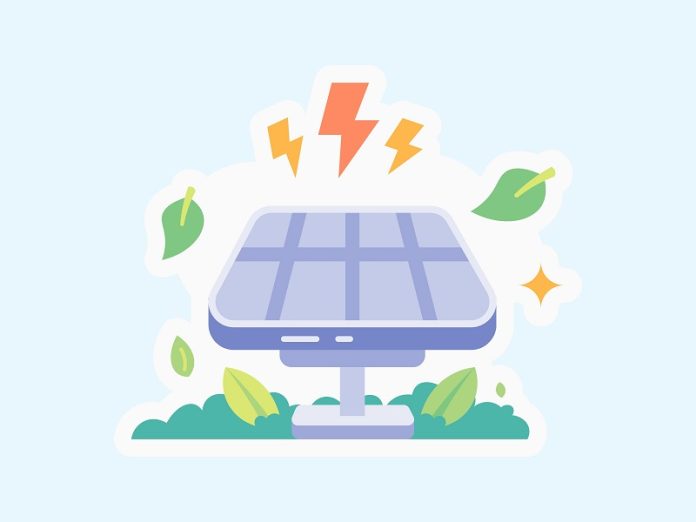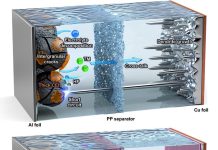
When people think about solar panels, they usually imagine large panels on rooftops soaking up the sun.
But what if solar panels could work indoors, using everyday fluorescent lighting to generate power?
That’s exactly what scientists in Taiwan have achieved with a new type of solar cell made from a material called perovskite.
These perovskite solar cells (PeSCs) are much lighter, thinner, and more flexible than traditional silicon solar panels.
Unlike bulky silicon panels that need direct sunlight and rigid surfaces, PeSCs can be bent, made semi-transparent, and even used in smaller devices.
Researchers from National Yang Ming Chiao Tung University found that these PeSCs could be fine-tuned to work especially well with indoor light—like the kind you’d find in homes, offices, or shopping centres.
Traditional solar panels don’t perform well indoors, but perovskite panels can be adjusted to absorb light more effectively in these dimmer environments.
This is possible because perovskite materials allow scientists to tweak something called the bandgap. Bandgap refers to the amount of energy needed to excite electrons, which is how solar panels create electricity.
By changing the ingredients used to make the perovskite layer, the team was able to design cells that respond better to the weaker light inside buildings.
There was a catch, though. Changing the bandgap also created more tiny defects in the material, which reduced its efficiency.
To fix this, the team developed a technique to repair these defects—a process known as passivation. This not only improved how much energy the solar cells could produce but also made the material more stable over time.
The results were impressive. Under a standard indoor light level (around 2,000 lux, typical for office lighting), the perovskite cells reached a power conversion efficiency of 38.7%. That means they converted nearly 39% of the light they absorbed into usable energy.
In comparison, traditional silicon panels reach about 26% efficiency—but only under bright sunlight.
Lead researcher Dr. Fang-Chung Chen said he was surprised to see that their passivation technique also boosted the durability of the solar cells. Since poor stability has been a major barrier to using perovskite panels in real-life products, this discovery could help push them closer to commercial use.
In the future, we might see indoor-powered smart devices, wearables, or trackers all running on the soft glow of your living room lamp—thanks to these next-generation solar cells.
Source: American Institute of Physics.



